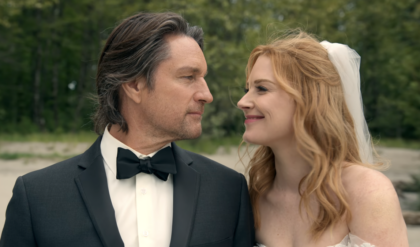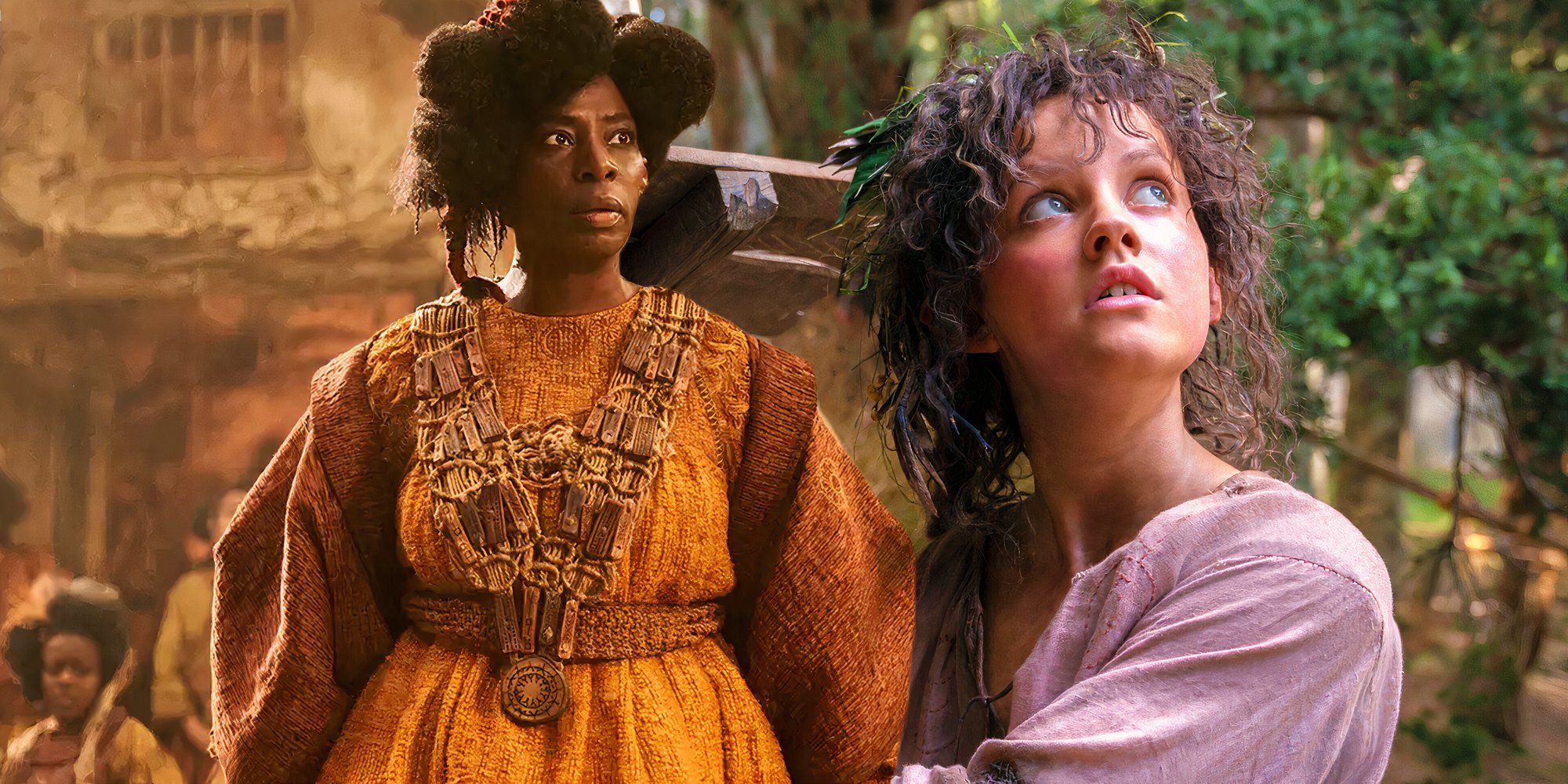
Nori, Poppy, and The Stranger’s storyline surrounds the trio traveling to the distant lands of Rhûn in The Rings of Power. Rhûn is situated in the east, a desolate landscape ruled by a Dark Wizard who may be in league with Sauron. Not only could this wizard hold the key to The Stranger figuring out his identity, but also how to control his powers. In The Rings of Power season 2, episode 4, The Stranger encounters Tom Bombadil to further his journey, while Nori and Poppy encounter another breed of Hobbits from The Lord of the Rings’ universe, the Stoors.
The Stoors Are Another Of The Three Hobbit Races In Middle-earth
The Stoors Are Similar To The Harfoots As Predecessors Of Hobbits
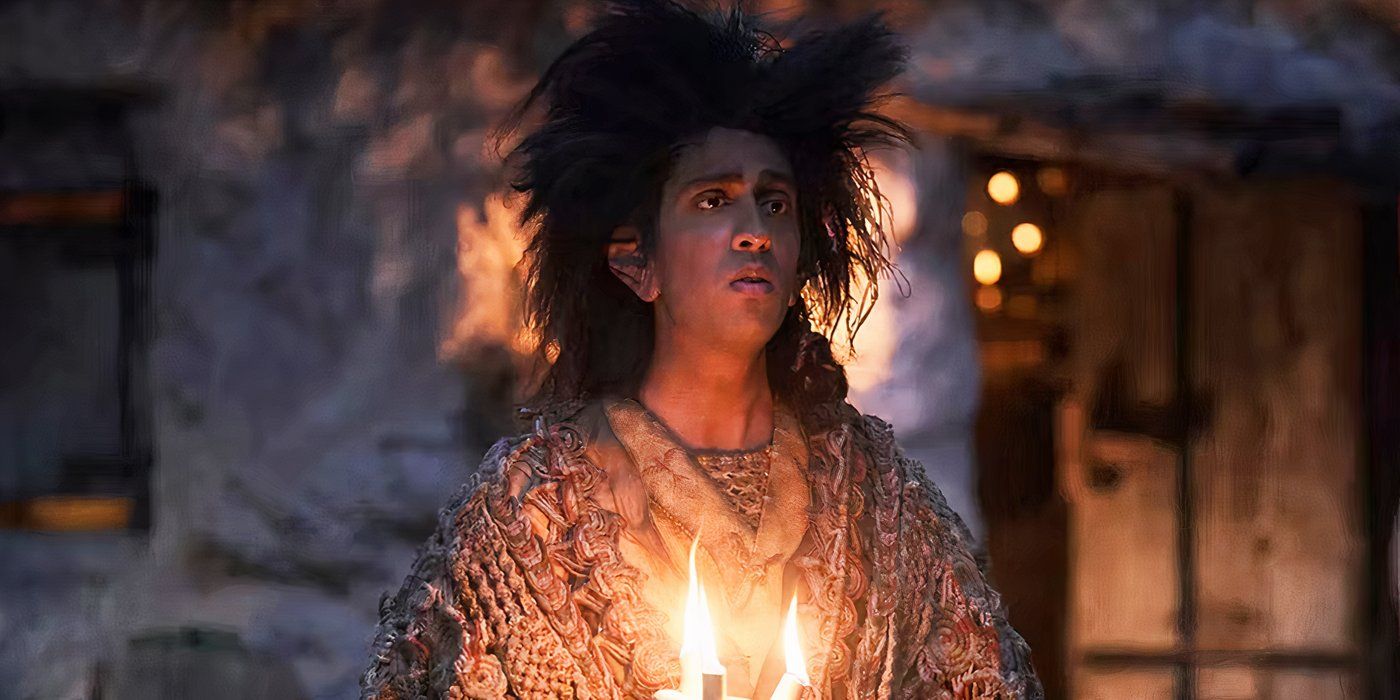

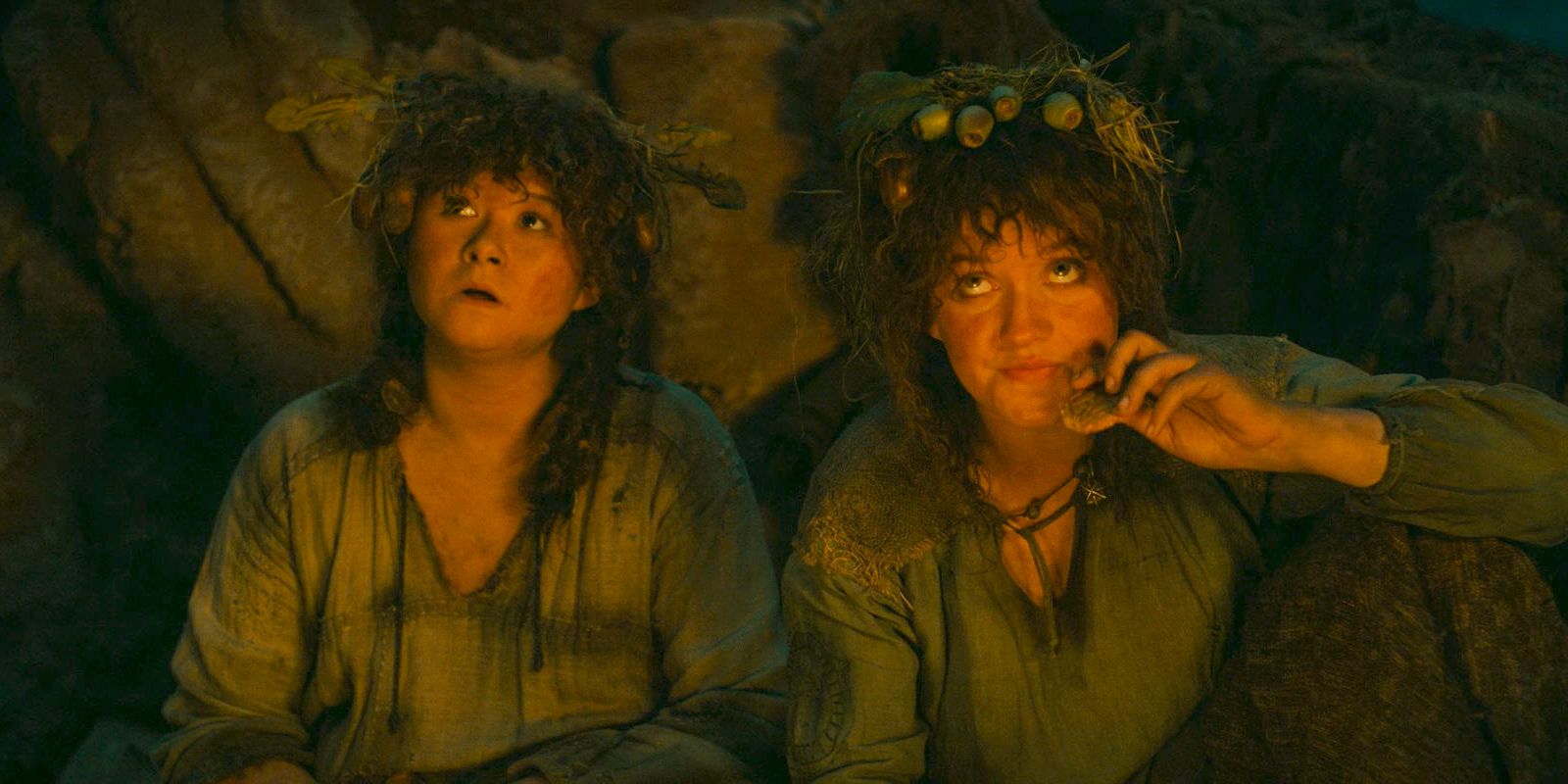
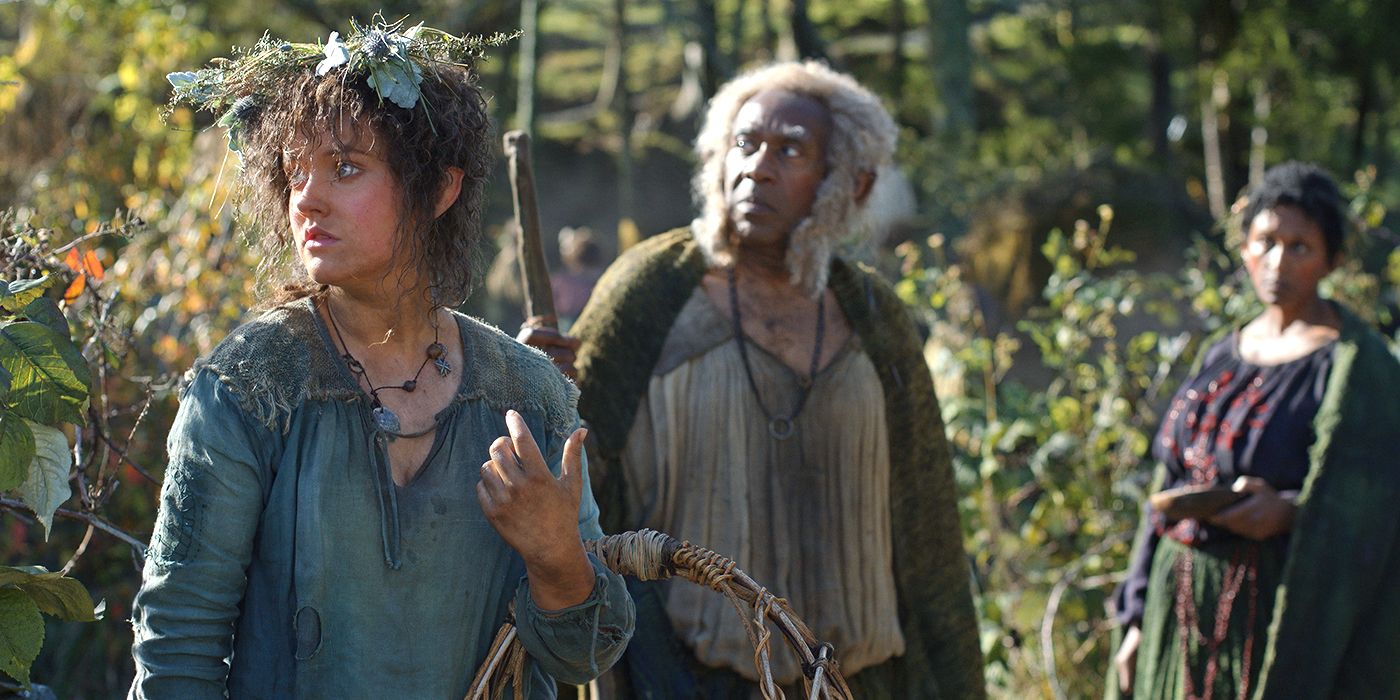
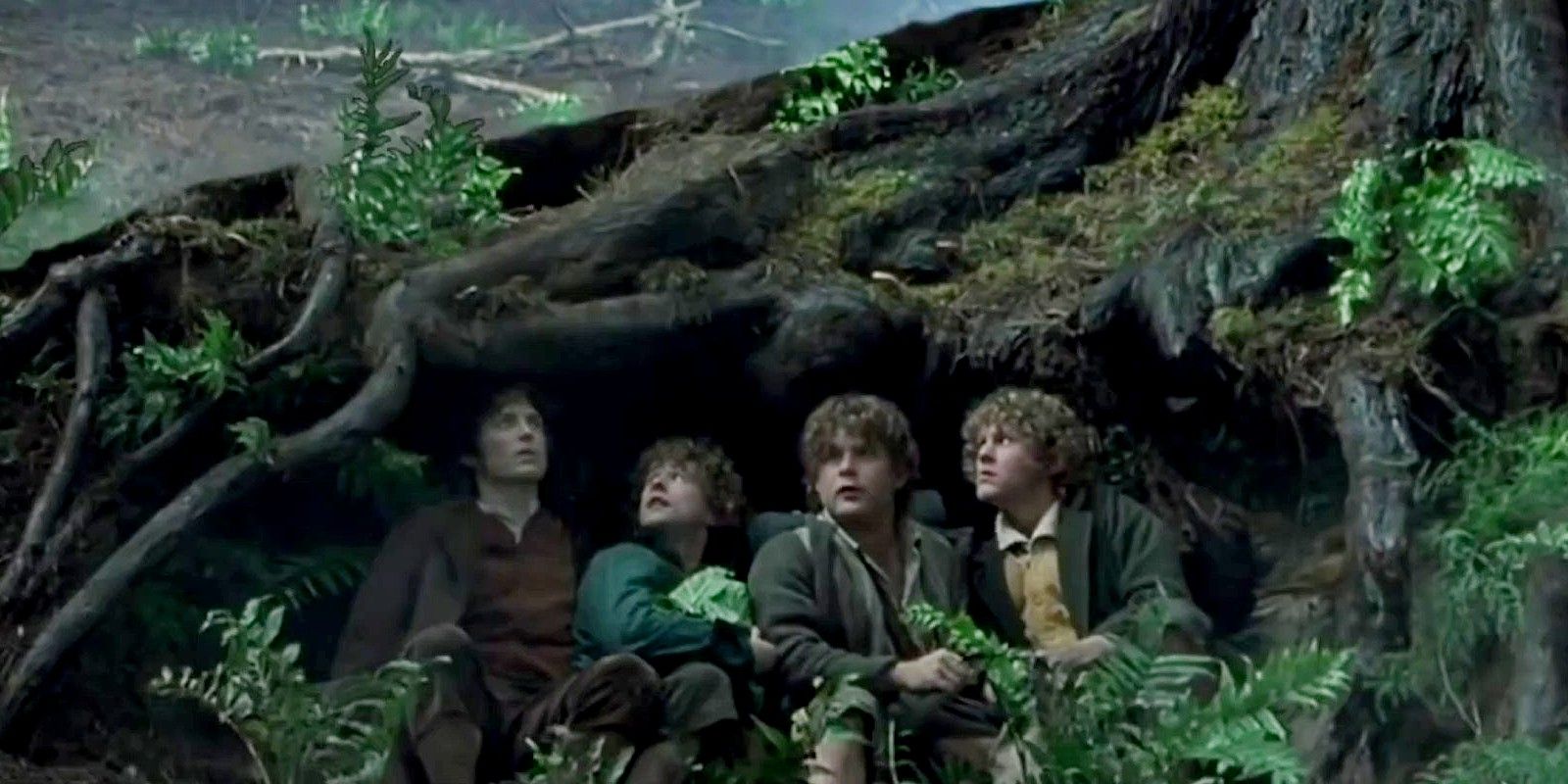





In The Rings of Power season 2, episode 4, Nori and Poppy come across another Harfoot. However, this character, named Merimac, is not aware of what a Harfoot is, instead dubbing himself a Stoor. The duo is then taken to a village full of Stoors, who have a similar way of life to that of the Harfoots, only one that accommodates the more harsh environment of Rhûn. In The Lord of the Rings, the Stoors are another breed of Hobbit that will eventually come to settle in the Shire.
In total, there are three breeds of Hobbit in Tolkien’s universe: Harfoots, Stoors, and Fallohides. The Harfoots were primarily outlined in The Rings of Power season 1 thanks to Nori and Poppy’s upbringing, with their journey in season 2 now pitting them among the Stoors. Whether the Fallohides will appear in The Rings of Power season 3’s story remains to be seen, but it seems the show is following a pattern of introducing a new breed of Hobbit with each installment.
The Stoors Came Before The Harfoots
The Rings of Power Explains The Stoors’ Timeline
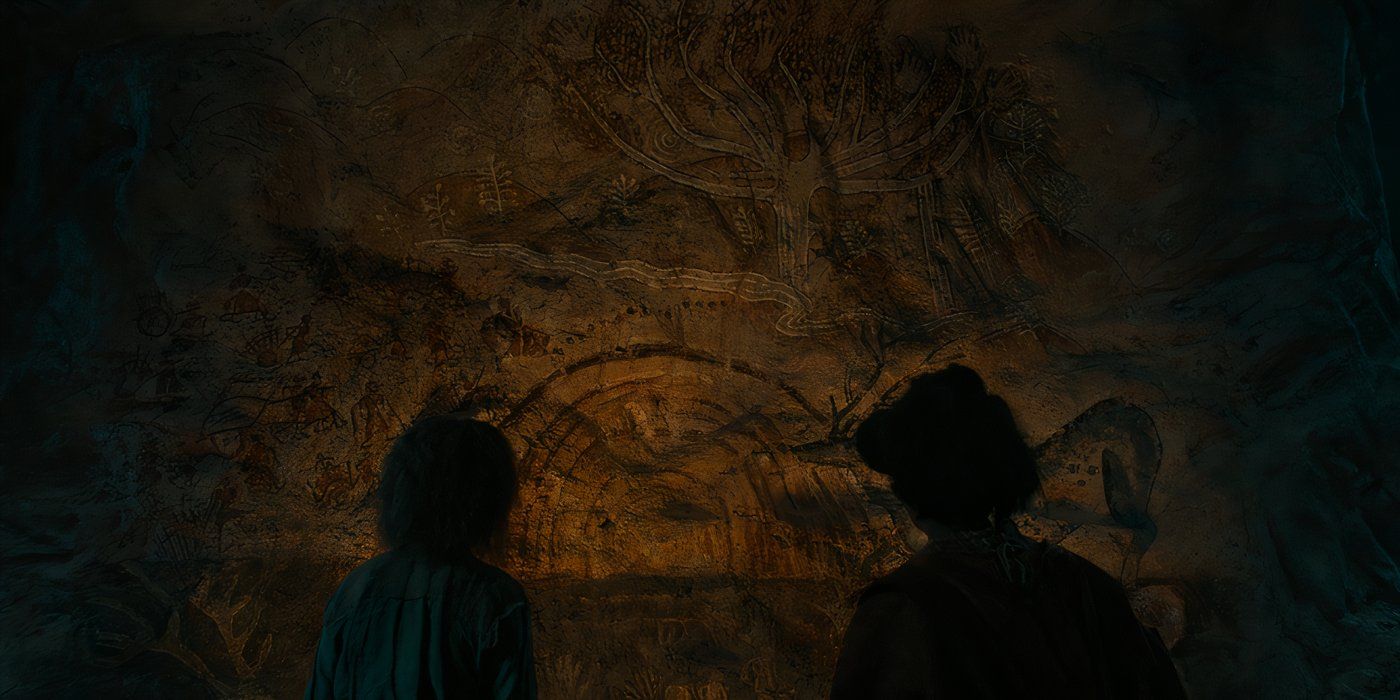
In The Rings of Power canon, it is explained that the Stoors came before the Harfoots. One of the ways Nori and Poppy convince the Stoors that they can be trusted is by mentioning the name Burrows, the surname belonging to season 1’s Saddoc. The Stoors explain that they know of the name Burrows, as Saddoc’s ancestor was once a Stoor. Gundabale states that Saddoc’s ancestor lived among the Stoors in Rhûn before traveling west to find a fabled land of endless hills and greenery.
The timeline paints itself as Saddoc’s ancestor leaving the Stoors and traveling west, eventually coming across more halflings and establishing the Harfoot group that Nori was raised among…
This led to the wandering of the Burrows’ ancestor, who eventually passed on his wandering ways to Saddoc, the leader of the Harfoots. Based on this history established in The Rings of Power season 2, episode 4, it can be assumed that the Stoors came before the Harfoots, or at least Nori’s clan from season 1. The timeline paints itself as Saddoc’s ancestor leaving the Stoors and traveling west, eventually coming across more halflings and establishing the Harfoot group that Nori was raised among generations later.
How The Stoors Are Different From Harfoots
The Distinct Breeds Of Hobbit Have Different Appearances & Ways Of Life
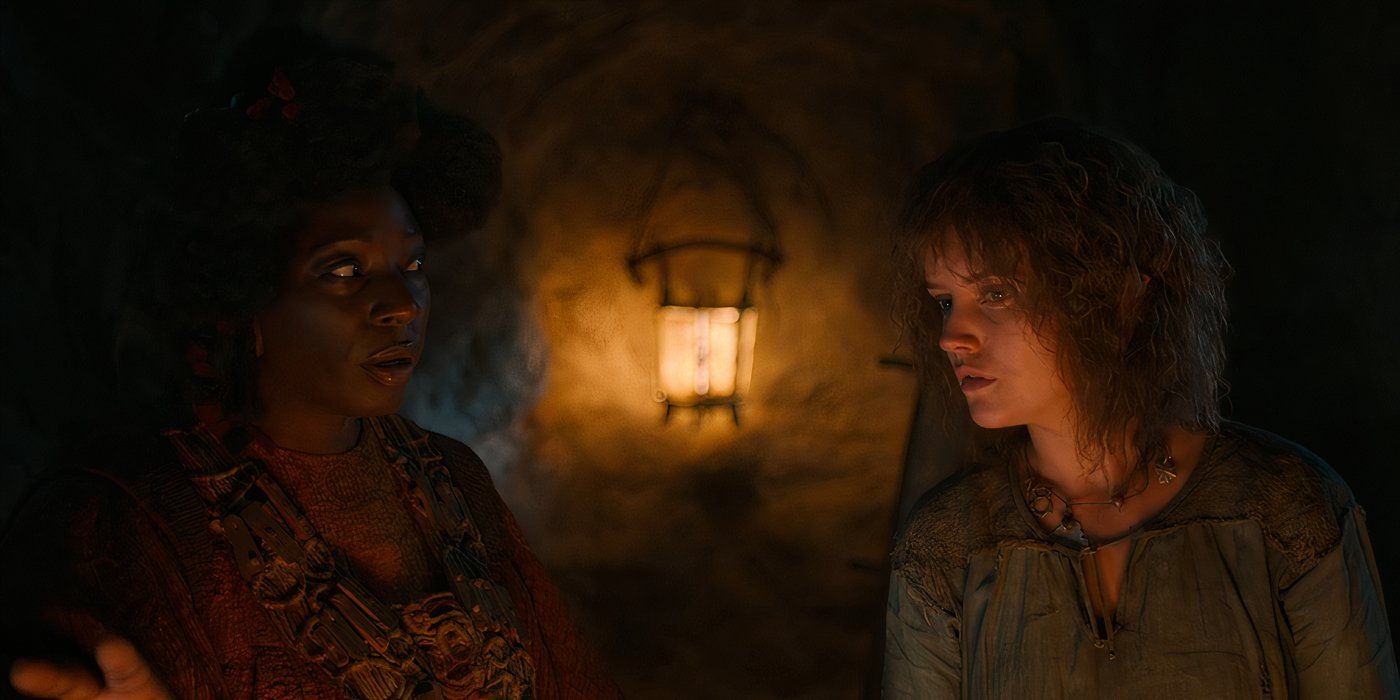
In The Lord of the Rings, Tolkien describes the Stoors as having some physical differences from the Harfoots. Among the breeds of Hobbits, the Stoors are described as being much sturdier than their brethren. Stoors are much heavier and broader in build, and they also possess larger hands and feet than Harfoots. Of the three breeds of Hobbit, the Stoors most resemble men, exemplified by their ability to grow facial hair, which Harfoots did not possess during the Second Age or beyond.
Tolkien primarily described Harfoots and Stoors as they were in the Third Age, meaning The Rings of Power‘s timeline explores them even earlier than this. However, one way the Stoors are differentiated from the Harfoots in the Third Age is that they are river-dwelling Hobbits. Most Hobbits are scared of rivers and large bodies of water, yet the Stoors were described as being keen swimmers who also used boats to fish for food.
How The Rings Of Power’s Stoors Compare To Tolkien’s Description
The Earlier Timeline Gives The Rings Of Power’s Stoors Distinction From Tolkien’s Descriptions
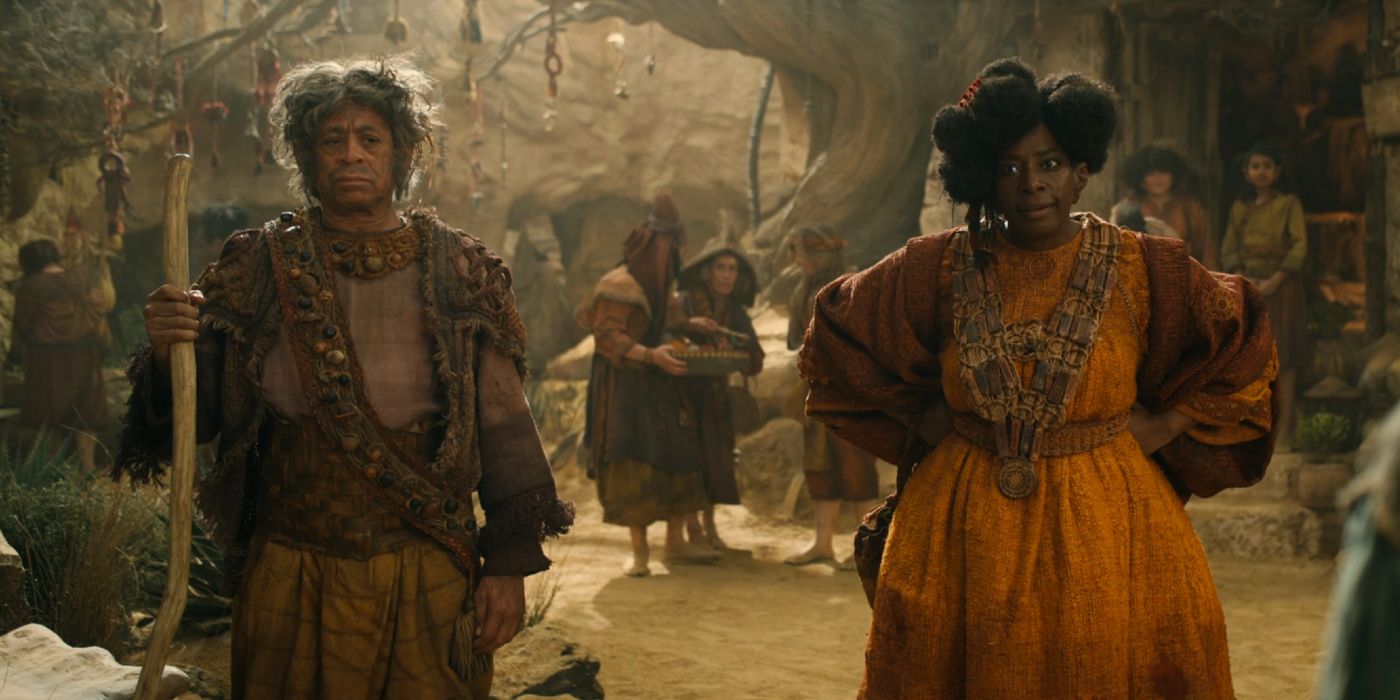
The Stoors in The Rings of Power are different in that they have different ways of life. Living in Rhûn, the Stoors have to build their community around a much more desolate landscape. While still sharing a love of home-grown food and gardening and all of the things Hobbits become known for, their machinery and daily chores are naturally different from the forest-dwelling Harfoots. This is highlighted in The Rings of Power season 2, episode 4, giving the Stoors a notably different feel to the Harfoots in Middle-earth’s Second Age.
Bear McCrreary’s musical score for The Rings of Power season 2, episode 4 features a track titled “Concerning Stoors,” a riff on Howard Shore’s “Concerning Hobbits” from The Lord of the Rings trilogy.
Evidently, this description of Stoors is slightly different from Tolkien’s depiction of them as riverfolk. The group of Stoors encountered by Nori and Poppy in The Rings of Power are living before their migration into the West, meaning they have not come to settle in the swamplike, damp environments of Middle-earth as Tolkien described. Although their visual discrepancies with the Harfoots were not highlighted either, they only had brief appearances in the installment, meaning future episodes of The Rings of Power season 2 could change this.
Why The Stoors Are In Rhûn During The Rings Of Power
The Stoors Are Awaiting A Sign From An Ancestor
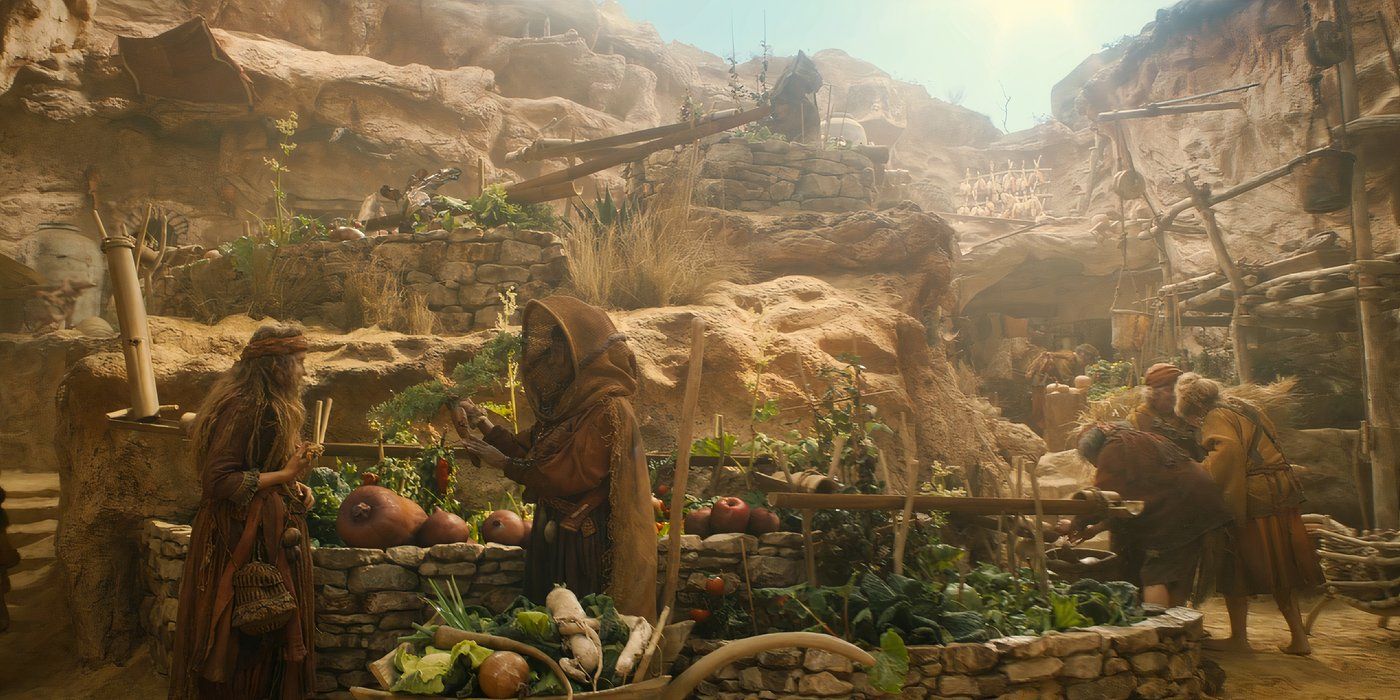
Regarding why the Stoors are in Rhûn, the answer links to the aforementioned ancestor of Saddoc, Rorymas Burrows. As alluded to, Rorymas set out from Rhûn to find a land of greenery that could house Stoors, Harfoots, and Fallohides alike. It was stated that Rorymas would return after finding this land to lead the remainder of his kin to safety somewhere in the West. Future episodes of The Rings of Power season 2 could reveal more about Rorymas and his journey, aside from the ill omens Gundabale mentions.
Rings of Power Season 2 Episodes
Episode Number
Release Date
“Elven Kings Under the Sky”
Season 2, Episode 1
August 29, 2024
“Where the Stars are Strange”
Season 2, Episode 2
August 29, 2024
“The Eagle and the Sceptre”
Season 2, Episode 3
August 29, 2024
“Eldest”
Season 2, Episode 4
September 5, 2024
TBA
Season 2, Episode 5
September 12, 2024
TBA
Season 2, Episode 6
September 19, 2024
TBA
Season 2, Episode 7
September 26, 2024
TBA
Season 2, Episode 8
October 3, 2024
As Gundabale states in The Rings of Power season 2, episode 4, no one has heard of Rorymas in the generations since. As such, the Stoors remain in Rhûn, simply living their lives and hiding away from the Dark Wizard and his allies. That said, Gundabale makes it clear she still yearns for Rorymas’ fabled land, with the leader of the Stoors hoping that Nori had come back to show the Stoors the way to safety.
The Stoors Reveal The Origin Of The Shire
Rorymas Burrows’ Prophesied Land Is Setting Up A Major Lord Of The Rings Location
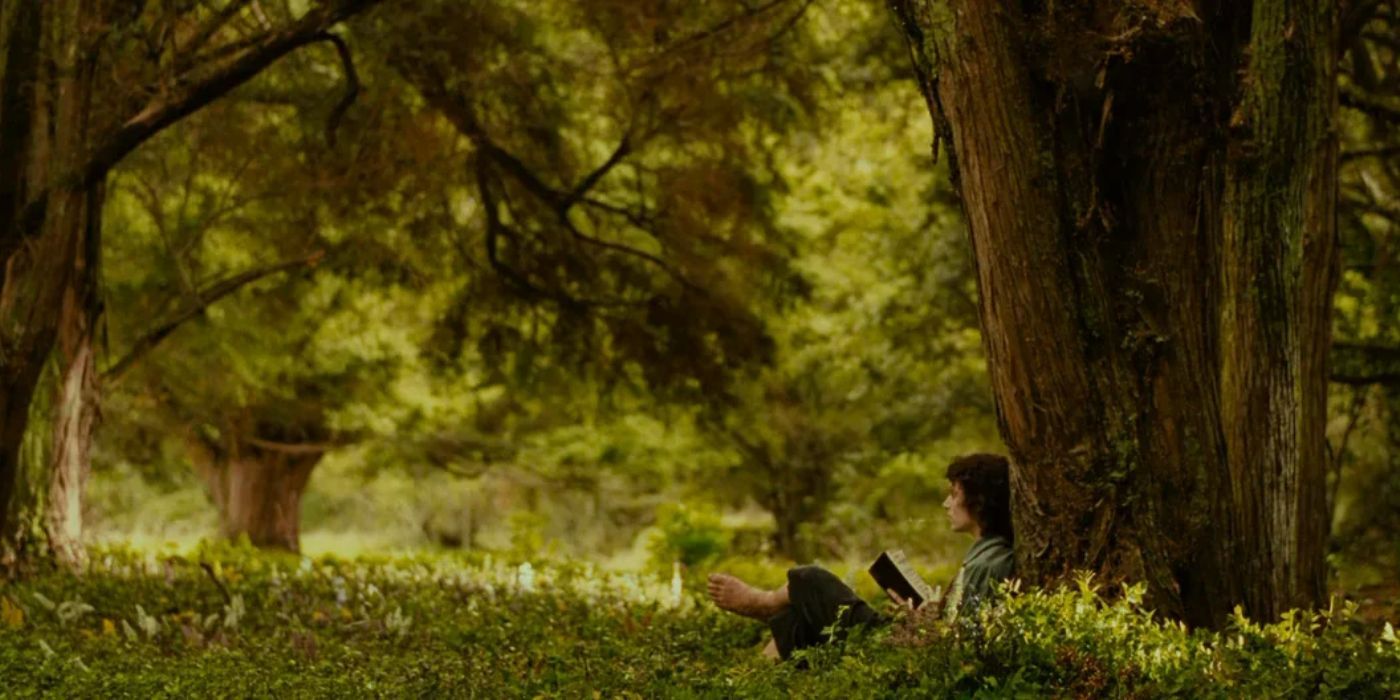
One of the more consequential story points involving the Stoors in The Rings of Power season 2, episode 4 surrounds Rorymas and his journey. As many will have figured out, the end goal of Rorymas’ exodus was The Shire. From the streams and rivers to the rolling hills and fields, it is clear that Rorymas is searching for the stretch of land located far to the west in Eriador that will come to be The Shire by the time of the Third Age.
The Rings of Power season 2 seems to be establishing the origins of The Shire, or at least describing it as somewhere the various breeds of Hobbit are aware of…
This is made all the more obvious by Gundabale’s words, in which she states this land has hills so soft that Stoors could dig a hole and live in it forever. With these elements, The Rings of Power season 2 seems to be establishing the origins of The Shire, or at least describing it as somewhere the various breeds of Hobbit are aware of. While The Shire is not formed until the Third Age, The RIngs of Power is making it an even bigger, more important location in Middle-earth than it already was via the story of Stoors.




